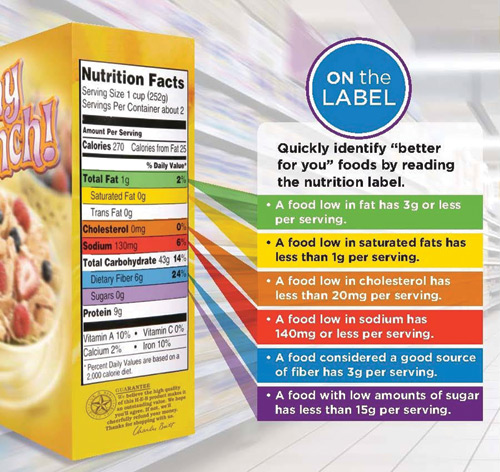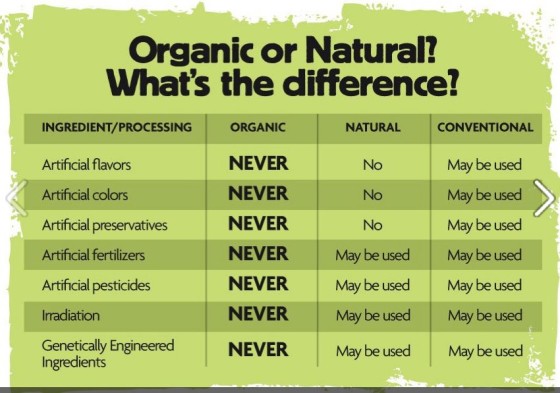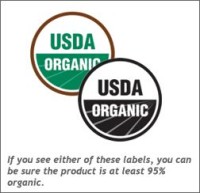Food Labels – Reading Them CAN Save Your Life
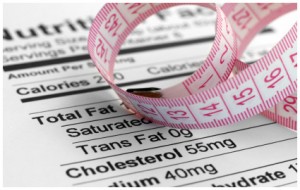
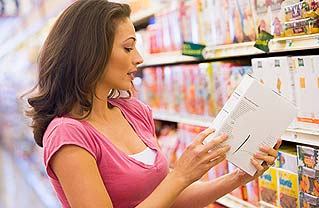
Do these guide them in their buying decisions? A 2006 survey was taken on more than 1,000 adults here are some of the findings:
- 65 percent of women read labels, while 51 percent of men do
- 39 percent of those ages 8 to 29 said they look at calorie content, yet 60 percent of them buy regardless of what the label states
- 80 percent of Americans read labels for the calories, sugar, fat, and salt, but 44 percent buy food products regardless of what the label says
Read on to find out about the inside story in food labeling: the blatant lie and inaccuracies in many food labels, the action/inaction of the Food and Drug Administration (FDA), and the organic seal that continues to fight for its integrity amid greed from big businesses.
Do Food Labels State the Right Fat/Carb/Sugar Content?
According to FDA estimates, roughly 10 percent of food product labels contain errors. But when a laboratory made its own analysis, it was found that most grocery and restaurant foods are much higher in fats, carbohydrates, sugars, and sodium than advertised.
You’ll be shocked at results of the analysis of Which?, a consumer magazine, as published on a BBC News report. It looked at 570 nutrients in 70 products, and found a mere seven percent matched the quantities on the label. This means levels of fat, calories, salt, and carbs were inaccurate in 93 percent of products tested.
Here are specific results:
- A type of pizza had 80 percent more fat
- A biscuit product had three times the amount of saturated fat claimed on the label
- Cadbury’s Light Truffles had 23 percent more fat than claimed on the label
A 2008 Government Accountability Office (GAO) report also discovered more than 24 percent of food labels were inaccurate. In the same year, Good Morning America hired a lab to test 12 packaged food products. It was revealed all 12 products examined had fat, sugar, and sodium, among other things, exceeding what was claimed on the label.
What the FDA Is Doing (or Not Doing) About It
Surprisingly, the FDA does NOT require foods to be laboratory-tested for nutrient content. It checks food labels, but only to see if the Nutritional Facts panel is present. Furthermore, the labeling law allows food companies to estimate average values for carbohydrates, protein, sugar, fat, and other components for a given product based on a standard ingredient list.
To FDA, a 20 percent margin of error is acceptable. For offending parties, though, it goes this way:
- First Offense: the food is entered in a database, but the product is still allowed to stay on supermarket shelves.
- Second Offense: If the 2nd violation is discovered within 60 days, the product may be suspended.
The catch is since food testing is done infrequently, there is very low probability a 2nd Offense will be caught within the 60-day time period.
 The Organic Food Label and a Test of Its Integrity
The Organic Food Label and a Test of Its Integrity
There are many buzzwords on food boxes now, including “All natural ingredients,” “100 Percent Natural,” and “No Artificial Preservatives.” These claims, however, do not necessarily determine the true nutritional value of the product.
Even the USDA Organic seal has also been greatly compromised through time, with big businesses stepping in to taint what the truly organic label means and stands for. For instance, according to the Organic Consumers Association, Wal-Mart – the largest organic retailer in the US:
- Sells organic milk sourced from intensive confinement factory farm dairies
- Imports cheap organic foods and ingredients from China and Brazil
- Posts signs in it stores misleading consumers into believing non-organic products are actually organic
Knowing What Is REALLY in the Food You Eat
Knowing the above information, it now becomes important for you to make sure the “organic food” you are purchasing truly meets the strictest standards and is free of:
- Pesticides and herbicides
- Antibiotics and growth hormones
- Heavy metals
- Chemicals
- Preservatives
- Irradiation
And since there is no labeling law yet for all genetically modified foods in the US, the only way to be somewhat assured you are eating non-GMO food is the official USDA organic seal.
Other sound decisions include avoiding pre-packaged or packaged foods, selecting whole foods, and preparing your food at home to make sure its fresh, raw, and uncontaminated state.
The Author
Sharon Keller is a nutritionist who worked in the hospital setting for two decades before finally taking her skills to the grassroots as an in-house nutrition expert for an organic food association. She has mastered every bit of her chosen vocation: food planning and development, sanitation and safety, diet counseling, and preparing meals that are free of GMO, chemicals, sugar, and other typical contaminants. She is also a fan of Dr. Joseph Mercola and regularly reads health news from his website.
Please rate this post using the Stars and Thumbs below.
Image Credit: Healthy-2you.blogspot.com, SandySpringSCA.com, www.stockpilingmoms.com, www.heb.com

